The magic of facade lighting in modern architecture cannot be overstated. It’s like the jewel in the crown, subtly enhancing or dramatically enunciating the aesthetics of a building. The impact of well-designed facade lighting is profound, rendering a majestic view that enthralls passersby.
This guide aims to unfold the layers of facade lighting, illuminating the path for enthusiasts and professionals alike. Here, we will delve into the facets of facade lighting, the core components, the significance, design strategies, and much more, unraveling the mystique surrounding this architectural marvel.
Unveiling Facade Lighting
What is Facade Lighting?
Facade lighting is the artistic and technological endeavor of casting light upon a building’s exterior, thus emphasizing its architectural charm and creating a unique nocturnal identity. This practice transcends mere illumination, embodying a narrative of the architectural essence through a luminous dialogue. It’s a marriage between photons and physical structures, where light sculpts the facade, manifesting a visual spectacle that converses with onlookers.
The Evolution of Facade Lighting
The trajectory of facade lighting mirrors the march of technological innovation. Its metamorphosis from basic illumination to a sophisticated art form heralds the blend of technology and aesthetics. With each passing era, facade lighting has embraced novel technologies, from incandescent bulbs to halogens and now to the era of LEDs and smart lighting systems. This evolution reflects the endless pursuit of marrying practicality with aesthetic appeal, rendering architectural marvels that delight the eye while embracing the mantle of sustainability and energy efficiency.
The Synergy Between Light and Architecture
The alliance between light and architecture dates back to the dawn of civilization. Light, with its spectral dance, not only enhances but often redefines architectural marvels. It’s a silent artist, painting structures with hues of elegance, stirring emotions, and accentuating the minutiae that might go unnoticed in the daylight. The interplay of light and shadow unveils a new dimension, a nocturnal structure personality, evoking awe and resonating with the aesthetic senses of onlookers.
The Significance of Facade Lighting
Enhancing Architectural Aesthetics
Facade lighting is akin to the brushstrokes on a canvas, where buildings are transformed into luminous artworks when dusk falls. It’s a medium that accentuates architectural details, playing with angles, intensity, and colors to craft a nocturnal identity that’s both beguiling and informative. By delineating the contours and highlighting the architectural finesse, facade lighting invites a more profound appreciation, fostering a nocturnal dialogue between the structure and the urban milieu.
Ensuring Safety and Visibility
Beyond the aesthetic realm, facade lighting is a vigilant guardian, ensuring safety and visibility as daylight recedes. It casts a protective glow on pathways, entrances, and potential hazards, guiding the footsteps of both pedestrians and vehicles. The strategic illumination ensures that every corner is visible, significantly reducing the likelihood of accidents and providing a sense of security in the urban night.
Green and Sustainable Lighting Solutions
In the epoch where the clarion call for sustainability resonates across the globe, facade lighting, especially with the advent of LED technology, emerges as a green knight. It not only slashes energy consumption drastically but also exudes minimal heat, thereby standing as a testament to environmentally-conscious illumination. The longevity and efficiency of LED lights significantly reduce maintenance woes and replacement costs, embodying a sustainable choice that doesn’t compromise on aesthetic allure. This sustainable facet of facade lighting isn’t just a nod to modern-day eco-consciousness but a robust stride towards a greener urban nightscape, melding the luminary charm with the earth’s well-being.
Core Components of Facade Lighting
Types of Lights Used in Facade Lighting
The spectrum of lights employed in facade lighting ventures is broad and diverse, each type bringing its flavor to the luminous tableau. Among these, Light Emitting Diodes (LEDs) have emerged as the frontrunners, thanks to their energy efficiency, versatility, and a gamut of color temperatures they offer. However, the narrative continues; other light types like Halogen and Incandescent bulbs, though less energy-efficient, have their advantages. The choice of light type is a critical factor, dictating not only the aesthetics but also the operational cost and environmental footprint of the lighting installation.
Control Systems and Technological Advancements
Control systems serve as the maestro, orchestrating a symphony of light and shadow that unveils the architectural narrative. The advent of smart control systems and sensor technologies has catapulted facade lighting into a new era of interactive and adaptive illumination. These advancements foster a dialogue between the environment and the lighting system, enabling real-time adjustments that enhance aesthetic appeal, energy efficiency, and safety. The rise of IoT (Internet of Things) has further enriched the control ecosystem, enabling seamless integration with other smart systems and creating a holistic, responsive lighting environment.
Essential Hardware: Fixtures, Lenses, and More
The hardware components like fixtures, lenses, and other accessories form the backbone of any facade lighting system. They are the unsung heroes that hold the lighting installation together, ensuring the desired light distribution, intensity, and color rendition. The choice of hardware is paramount, as it significantly impacts the aesthetics, efficiency, longevity, and overall performance of the lighting installation. It’s the meticulous selection and placement of these components that transform a lighting concept into a tangible, captivating, luminous display.
LED in Facade Lighting
Why LEDs are the Preferred Choice
LEDs have emerged as the luminary stars in the facade lighting cosmos, outshining traditional lighting solutions. Their energy efficiency, longer lifespan, and superior quality of light have made them the go-to choice for modern facade lighting endeavors. Moreover, the lower maintenance requirements and the ability to operate under various environmental conditions further accentuate their appeal. The compact form factor of LEDs also enables sleek and sophisticated lighting designs, paving the way for innovative and aesthetically pleasing lighting installations.
Color Temperatures and its Impact on Facade Aesthetics
The narrative of color temperatures in LEDs is a tale of emotions evoked and atmospheres crafted. The spectrum ranges from warm, inviting glows to cool, tranquil hues, each color temperature kindling different emotions and visual experiences. The color temperature can significantly influence the ambiance, accentuating the architectural aesthetics in myriad ways. It’s an artistic tool that, when wielded aptly, can craft a mesmerizing visual narrative, making the facade a canvas of luminous artistry.
Embarking on Your Facade Lighting Project
Assessing Architectural Features
Every edifice tells a story, and understanding the architectural features is akin to decoding that narrative. A meticulous assessment unveils the architectural persona, guiding the lighting design to resonate with the structure’s ethos and aesthetics. This assessment examines facade materials, architectural styles, and distinctive features that stand as the hallmark of the structure. It’s a deep dive into the architectural realm, setting the foundation for a lighting scheme that accentuates rather than overshadows the architectural splendor.
Choosing the Right Lighting Techniques
The realm of lighting techniques is vast, each technique unfolding a different facet of the architectural narrative. The choice is crucial; be it the gentle embrace of uniform lighting or the dramatic flair of accent lighting, each technique can transform the facade’s nocturnal identity. Exploring and selecting the proper lighting techniques is an art and science, a journey of discovering the perfect balance between illumination, shadow, and color to unveil the architectural essence in a captivating light narrative.
Budgeting and ROI Considerations
Budgeting is a narrative of value, where every dollar spent invests in aesthetic allure, operational efficiency, and environmental sustainability. It’s a pragmatic exercise that weighs the aesthetic aspirations against the financial constraints, striving for a balance that delivers a compelling return on investment (ROI). The ROI lens extends beyond monetary considerations, encompassing aesthetic value, energy savings, and positive environmental impact. It’s a holistic view that paves the way for a successful, sustainable, and aesthetically captivating facade lighting endeavor.
Design Strategies for Captivating Facade Lighting
Uniform, Local, and Hidden Illumination Techniques
Design strategy is the compass that guides the facade lighting voyage toward the desired visual harbor. Among the various techniques, uniform, local, and hidden illuminations emerge as the trinity. Uniform illumination bathes the facade in a consistent glow, showcasing the architecture’s holistic beauty. Local illumination, on the other hand, plays the spotlight on specific architectural elements, creating a visual hierarchy. Hidden illumination is the unseen artist, creating dramatic effects with shadows and contrasts. The choice among these techniques hinges on the architectural narrative one aims to narrate, each technique unfolding a different chapter of the visual tale.
Color Theory and Dynamic Lighting
Color is the brush, and light is the canvas in the art of facade lighting. Understanding color theory is akin to mastering the palette, enabling a harmonic blend of colors that resonate with the architectural essence. Dynamic lighting brings the static facade to life, creating a rhythmic visual play that captivates the onlookers. It’s an arena where color theory and dynamic lighting dance in a choreographed ballet, orchestrating a visual symphony that echoes the architectural rhythm.
Avoiding Light Pollution and Ensuring Safety
In the quest for aesthetic allure, the sword of light pollution and safety hazards often dangles. A well-thought-out design strategy ensures the light is a boon, not a bane. Measures like shielded fixtures and glare-free lenses help curb light pollution, preserving nocturnal serenity. On the safety frontier, ensuring well-lit pathways and avoiding blinding glares are paramount. It balances aesthetic allure and responsible lighting, ensuring the stars in the night sky don’t lose their twinkle amidst the luminous spectacle.
Regulations and Compliance in Facade Lighting
Navigating Local Regulations
The labyrinth of local regulations can seem daunting, yet it’s a crucial pathway to ensuring legal compliance. Each region has its set of guidelines governing facade lighting, and navigating through these requires a blend of legal understanding and lighting expertise. A comprehensive knowledge of local regulations is the first step toward crafting a compliant facade lighting scheme. It’s a journey best embarked on with expert guidance, ensuring the facade lighting project sails smoothly through the legal channels.
Ensuring Compliance and Safety Precautions
Safety isn’t a checkbox but a pledge. Adhering to safety standards and ensuring compliance with local regulations is the linchpin of a successful facade lighting project. It encompasses a spectrum of considerations, from electrical safety to light pollution mitigation. A meticulous adherence to safety precautions not only safeguards against legal repercussions but also fosters a safe and harmonious environment. It’s about lighting the architectural marvels while ensuring the well-being of both the tower and its admirers.
Case Studies: Iconic Facade Lighting Projects
Evaluating Success Stories
Iconic facade lighting projects are the luminous milestones in the landscape of architectural lighting. They testify to the boundless creative and technological potentials that facade lighting harbors. Delving into these success stories unveils a treasure trove of inspiration, showcasing how light can morph an architectural edifice into a visual marvel.
Lessons Learned and Insights Garnered
Every iconic facade lighting project is a narrative, chronicling the voyage from concept to luminous reality. It’s a journey with insights, lessons learned, and challenges surmounted. Delving into these narratives unveils a reservoir of knowledge, guiding future endeavors in facade lighting. It’s about learning from the past luminous tales, gathering insights, and paving the path for the future facade lighting adventures that await.
Future Horizons in Facade Lighting
Sustainable Lighting Technologies
As the world pivots towards sustainability, facade lighting is no stranger to this global shift. The beckoning era of sustainable lighting technologies is illuminated by solar-integrated systems, energy-efficient LED fixtures, and advanced control systems designed to minimize energy wastage. These green technologies not only curtail the carbon footprint but also drive down operational costs, making them a win-win solution. The transition towards sustainable lighting technologies is not a mere trend but a conscientious choice reflecting our environmental responsibility. Embracing these technologies is synonymous with striding towards a greener, more sustainable architectural realm.
The Rise of Smart and Interactive Facade Lighting Systems
The tapestry of facade lighting is becoming increasingly intricate with the advent of smart and interactive systems. Powered by cutting-edge sensor technology and artificial intelligence, these systems transmute facade lighting into a dynamic, responsive entity. The interplay between sensors, control systems, and lighting fixtures creates a real-time dialogue between the building and its surroundings. This evolution transcends the traditional boundaries, enriching the urban nightscape with interactive light shows that respond to environmental or human stimuli. It’s a journey from static to dynamic, from mere illumination to an interactive visual dialogue, heralding a new epoch in facade lighting.
FAQs
Embarking on a facade lighting venture often brings forth a whirlpool of queries. Addressing these queries not only clears the fog of doubt but also lays down a more straightforward pathway toward executing a successful facade lighting project. From the meticulous choice of lights to devising a captivating design strategy and navigating through the legal corridors, every query unraveled is a step closer to mastering the art and science of facade lighting.
What does Facade Lighting signify?
Facade Lighting is a specialized field within architectural lighting design focused on illuminating the exteriors of buildings to accentuate architectural features, enhance aesthetic appeal, and improve nighttime visibility. It’s about narrating a building’s architectural narrative in a luminous dialect, creating a distinctive nighttime identity, and blending aesthetics and functionality. This lighting technique can transform structures into iconic landmarks, making them visually appealing and ensuring safety after dark.
What entails LED Facade Lighting?
LED Facade Lighting employs Light Emitting Diodes (LEDs) to illuminate building exteriors. LEDs are highly energy-efficient, have a long lifespan, and offer a broad spectrum of color temperatures, making them a superior choice for facade lighting. They can render colors accurately, providing flexibility to create captivating lighting effects. Moreover, LEDs are eco-friendly and contribute towards reducing the carbon footprint, which is pivotal in today’s sustainability-driven world.
How should I select the Color Temperature for Facade Lights?
Selecting the right color temperature for facade lights depends on the desired ambiance and the architectural features of the building. Warm color temperatures (2000K-3000K) evoke a cozy, inviting ambiance, while cool color temperatures (3500K-5000K) render a modern, serene atmosphere. It’s essential to consider the building’s color scheme, materials, and surrounding environment. Experimenting with different color temperatures and consulting with lighting design professionals can provide valuable insights and help achieve the desired aesthetic and functional outcomes.
What advantages does Facade Lighting offer?
Facade Lighting offers many benefits, including enhancing architectural aesthetics, ensuring safety and visibility, and promoting sustainability using energy-efficient lighting solutions like LEDs. It provides a unique nocturnal identity to buildings, accentuating their architectural intricacies. Moreover, facade lighting contributes to urban beautification, making cities more enjoyable and safer during nighttime. Additionally, energy-efficient facade lighting solutions help reduce energy consumption, supporting the global shift towards sustainability.
How can I illuminate the Facade of my Home?
Illuminating the facade of your home involves assessing the architectural features, determining the desired ambiance, and choosing the proper lighting techniques and fixtures. Begin by identifying critical architectural elements you wish to highlight. Employ a mix of lighting techniques like accent lighting, uplighting, or downlighting to create depth and interest. Select energy-efficient LED lights, and consider experimenting with different color temperatures to achieve the desired effect. It’s advisable to consult with a professional lighting designer to tailor a facade lighting scheme that resonates with your home’s architectural ethos and ensures safety.
How do Sustainable Technologies contribute to Facade Lighting?
Sustainable technologies in facade lighting encompass using energy-efficient light sources, solar-integrated systems, and smart control systems to minimize energy wastage. These technologies significantly reduce the carbon footprint of lighting installations while ensuring optimum aesthetic and functional outcomes. For instance, LED lights consume less energy and have a longer lifespan than traditional lighting solutions. Similarly, solar-integrated facade lighting systems harness solar energy to power the lights, further promoting energy efficiency. Smart control systems allow for automated control over lighting operations, ensuring lights are only operational when necessary, thus contributing to energy savings. Adopting sustainable technologies in facade lighting is a step towards green and responsible architectural lighting design.
How do Smart and Interactive Facade Lighting Systems function?
Smart and interactive facade lighting systems leverage advanced sensor technology, artificial intelligence, and connectivity to create dynamic and responsive lighting environments. These systems can adjust lighting parameters such as intensity, color, and patterns in real time based on various factors like time of day, weather conditions, or even human interaction. For example, sensors can detect ambient light conditions and adjust facade lighting intensity to maintain desired illumination levels. Similarly, interactive systems can respond to human presence or actions, creating engaging and immersive lighting experiences. Integrating smart controls and interactivity transforms static lighting installations into dynamic, adaptive, and interactive lighting displays, enriching the urban nightscape.
What are some Design Strategies for captivating Facade Lighting?
Design strategies for captivating facade lighting include combining uniform, local, and hidden illumination techniques to create visual interest and highlight architectural features. Understanding color theory and leveraging dynamic lighting can also significantly enhance the facade lighting design. For instance, employing contrasting color temperatures can accentuate architectural details. At the same time, dynamic lighting can create engaging and ever-changing lighting displays. Additionally, it’s crucial to avoid light pollution by directing lights accurately and using shielded fixtures. Consulting with professional lighting designers and exploring case studies of successful facade lighting projects can provide valuable insights and inspiration for creating captivating facade lighting designs.
What considerations are vital when Budgeting for a Facade Lighting project?
Budgeting for a facade lighting project requires a holistic consideration of various factors, including the cost of lighting fixtures, control systems, installation, and maintenance. It’s essential to evaluate the long-term return on investment (ROI) by considering not just the initial investment but also the operational and maintenance costs over time. Energy-efficient lighting solutions like LEDs, though they may have a higher upfront cost, provide significant savings in the long run due to lower energy consumption and maintenance requirements. It’s advisable to collaborate with lighting design professionals to develop a budget that aligns with the project’s aesthetic, functional, and sustainability goals while ensuring cost-effectiveness.
How do Local Regulations impact Facade Lighting projects?
Local regulations significantly impact facade lighting projects as they dictate the permissible lighting levels, color temperatures, and operation times to ensure safety, reduce light pollution, and maintain the aesthetic integrity of urban environments. Navigating through local regulations is crucial to ensure legal compliance and avoid any penalties or project delays. These regulations may also encompass safety standards and energy efficiency requirements, promoting responsible and sustainable facade lighting practices. It’s advisable to consult with local authorities or professional lighting designers familiar with the local regulations to ensure the facade lighting project adheres to all legal and safety requirements, paving the way for a successful and compliant installation.
Concluding Thoughts
A voyage through the realms of facade lighting unfolds a spectrum of possibilities, each hue representing a unique blend of technology and aesthetics. The narrative articulated by facade lighting extends beyond mere illumination, weaving a visual tale that resonates with the architectural ethos. It blends aesthetics, functionality, and sustainability, narrating a silent yet profound story every night as the sun bows down.
Diving deeper into facade lighting, one can unearth a treasure trove of creative and technological potential waiting to be harnessed. It’s an invitation to explore, experiment, and experience the luminous alchemy between light and architecture, to contribute a verse to the luminous narrative painting of the urban nightscape.
Venturing into the realm of facade lighting opens up a world of architectural storytelling. As you contemplate embarking on this luminous journey, having a reliable partner is crucial. Unitopeiner der führenden chinesischen Hersteller von LED-Leuchtbänder und LED-Neon-Flex, stands ready to illuminate your path. With unmatched expertise in the LED industry, Unitop is your go-to resource for any further questions or requirements. Don’t hesitate to sich melden and brighten the narrative of your architectural marvel with Unitop’s professional touch.

Tom ist jetzt der Verkaufsleiter von Unitop (China) Co., Limited. Er war in der LED-Beleuchtung Industrie seit 2005. Er ist Experte für Vertrieb und Marketing sowie für Fabrikmanagement. Er mag Bodybuilding und ist außerdem ein verrückter Apple-Fan! Er ist ein fleißiger Kerl und liebt es, neue Dinge zu lernen und auszuprobieren.
E-Mail: tom@unitopledstrip.com WhatsApp: +86-18680307140

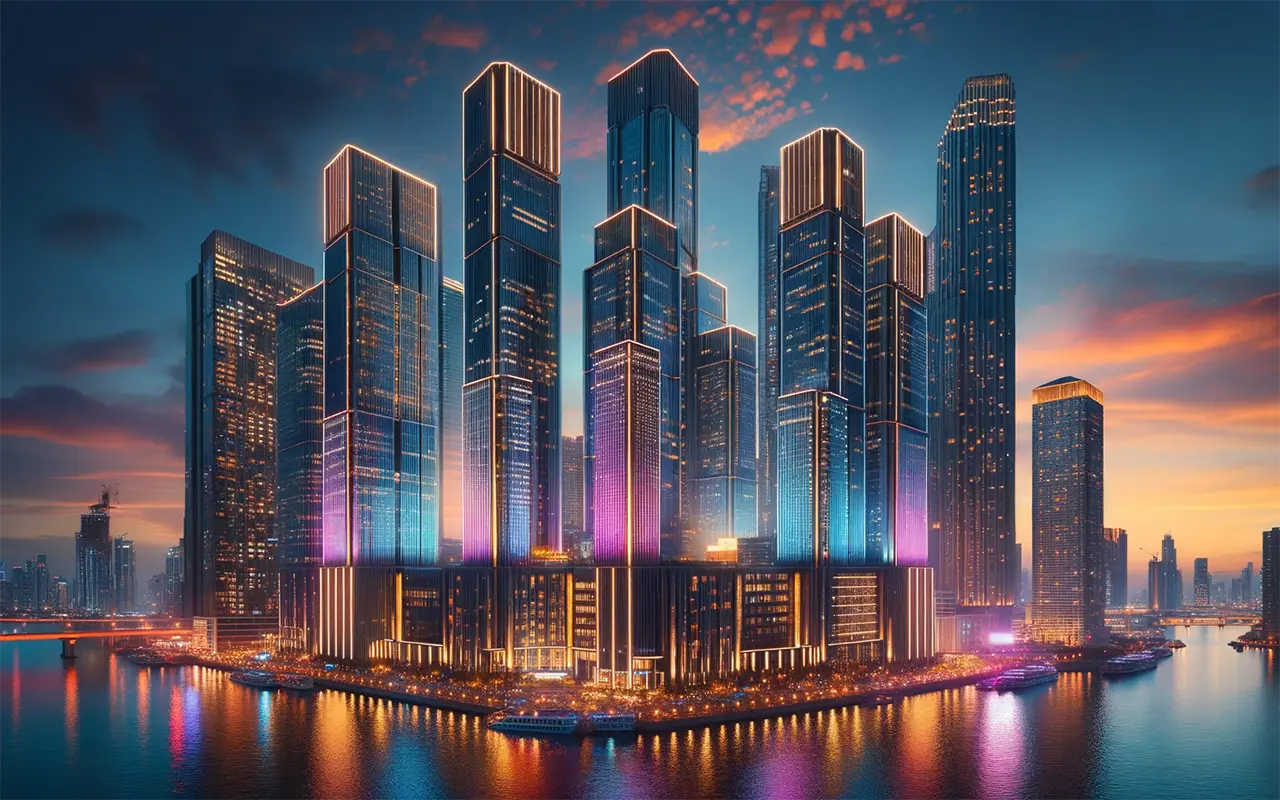
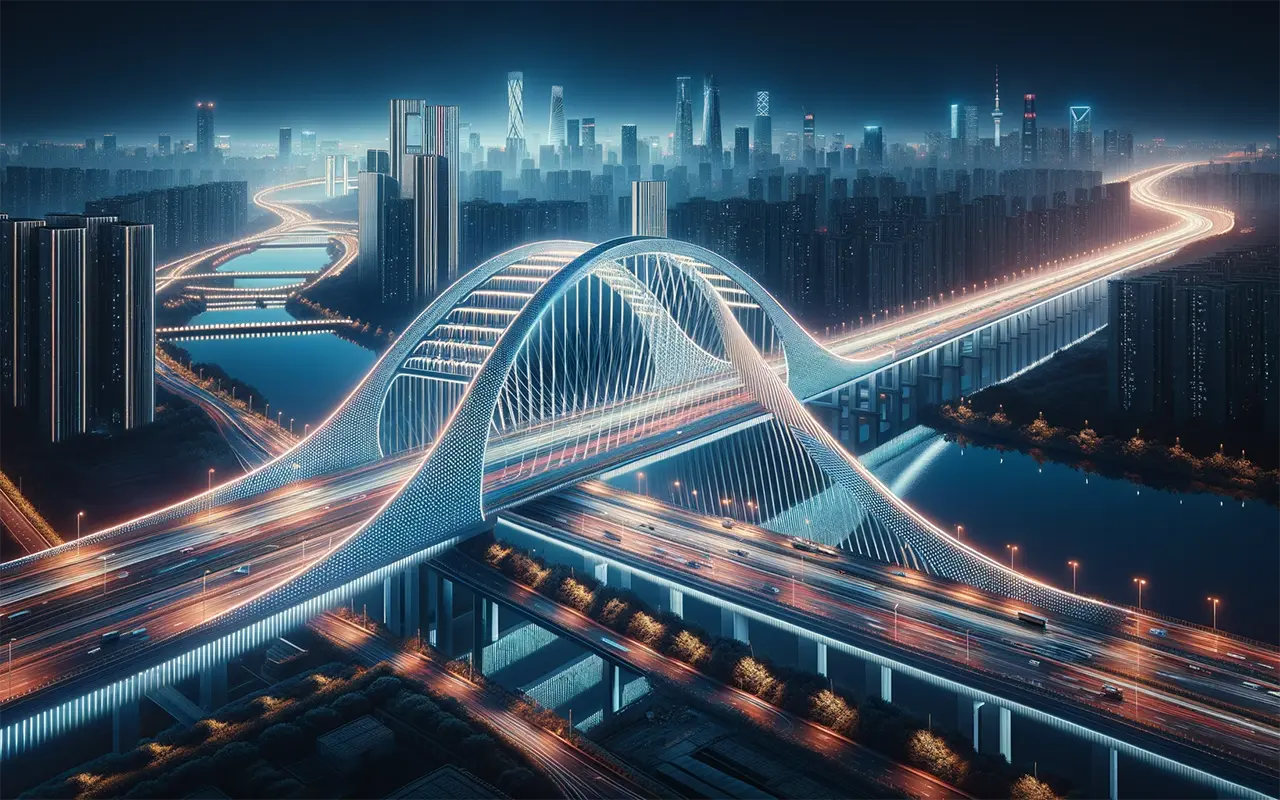
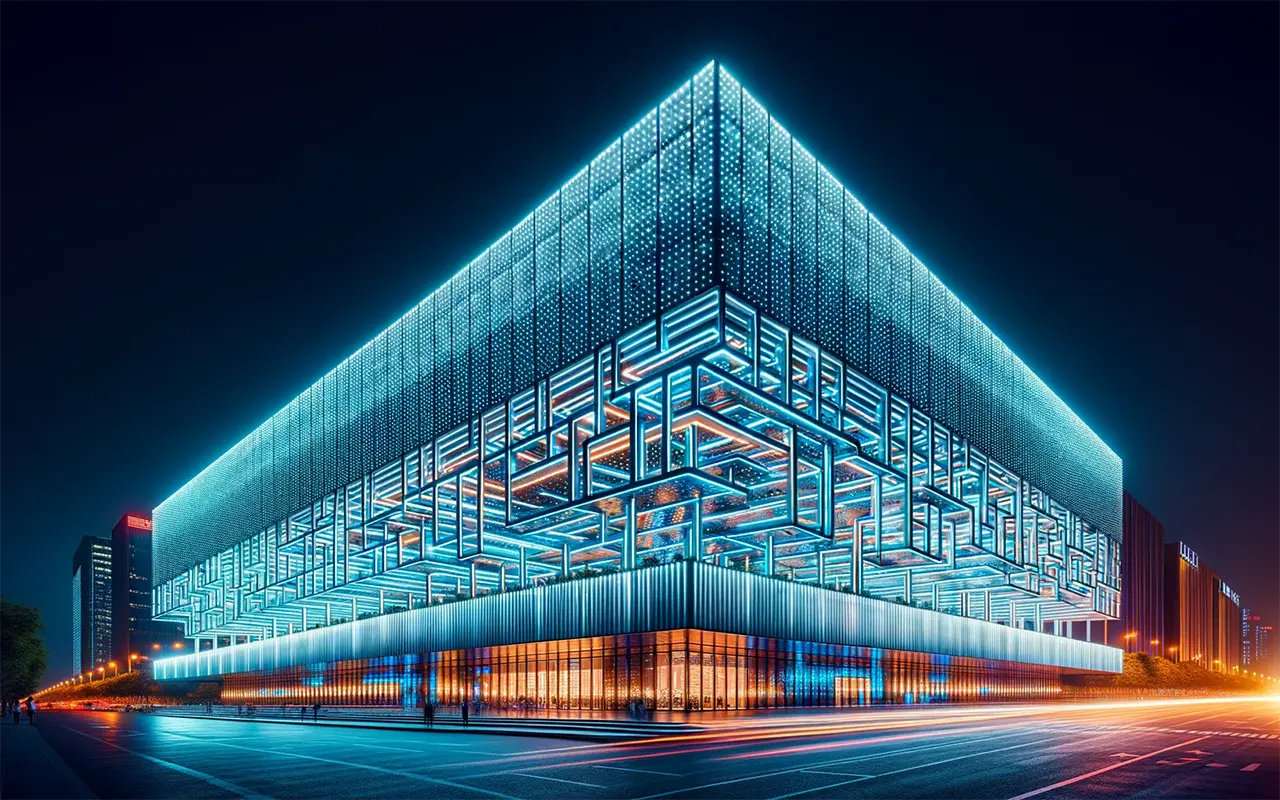
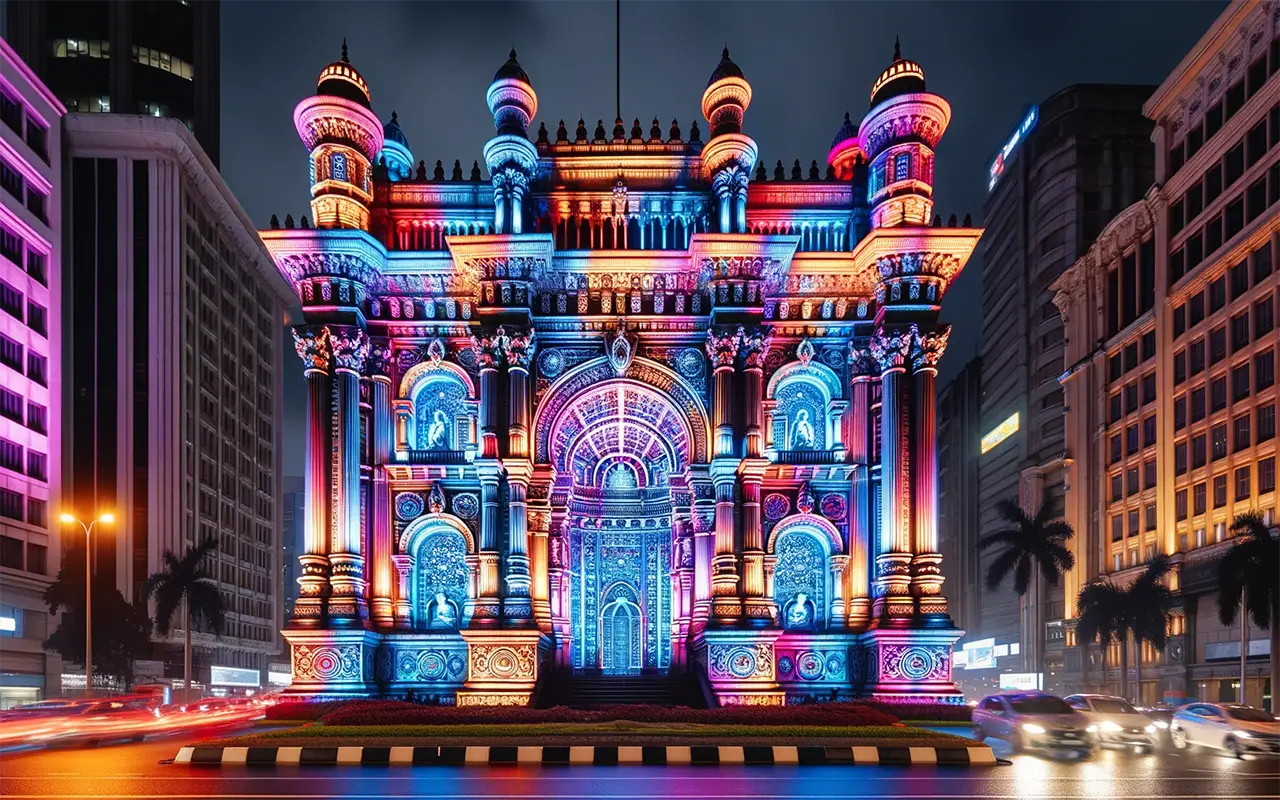


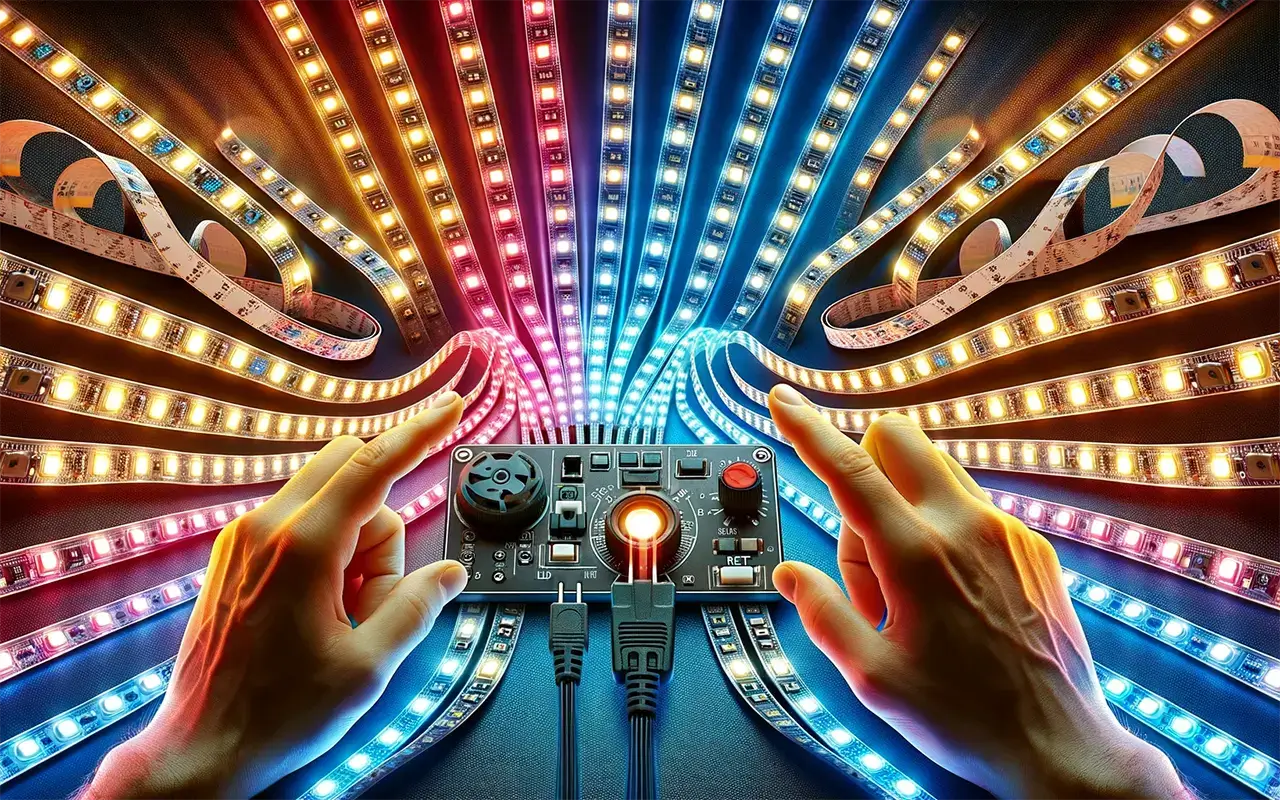
Hinterlasse einen Kommentar
An der Diskussion beteiligen?Hinterlasse uns deinen Kommentar!